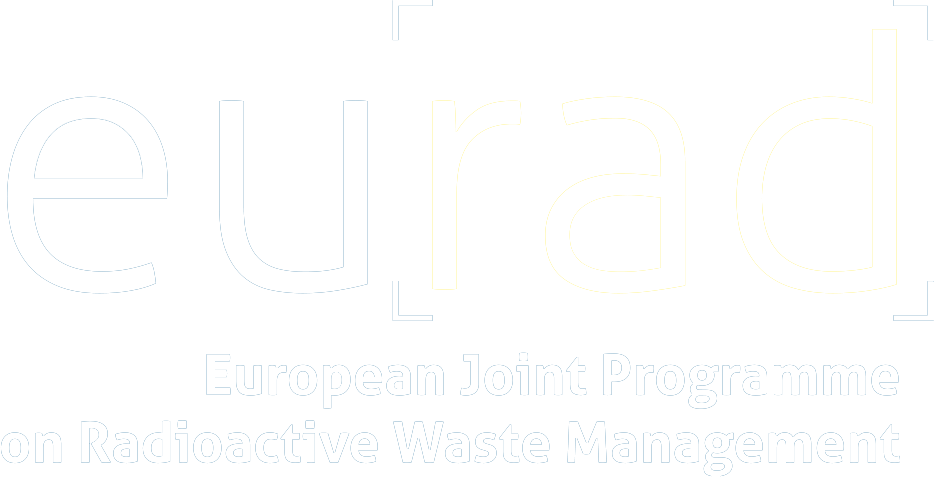ZAG participates in EURAD WP ACED Task 2 (Interface scale) for the Bacuce in-situ experiments, and investigates the corrosion behavior of steel in bentonite-cement grouts (BCG) with low pH. In the Bacuce experiment, ZAG developed and manufactured electrical resistance (ER) corrosion sensors. These were installed into the Bacuce exposure experiment. In this experiment the corrosion of mock-up carbon steel liner in contact with BCG saturated with local groundwater is investigated at 80°C in anoxic environment. ER measurements were found to agree with post-mortem analysis of samples after removal from the Bacuce experiment (2+ years exposure).
Our preliminary investigations indicated possible corrosion in oxic conditions at room temperature. In the French concept of high-level waste (HLW) disposal, the carbon steel liner will be in contact with BCG. The BCG will (more or less) approach saturation with local groundwater, and this system will be under oxic conditions initially for a certain time period, since waste packages will not be inserted immediately. It is therefore of interest to study the interaction between carbon steel and saturated BCG at room temperature, under oxic conditions. These oxic conditions might lead to corrosion that needs to be characterized and quantified.
We decided to carry out dedicated laboratory experiments at room temperature and under oxic conditions with on-line and in-situ measurements of effective steel corrosion rates using ER sensors. Measurements from ER sensors were taken in parallel to electrochemical corrosion rate measurements (linear polarization technique – LPR), open circuit potential (OCP) measurements and also electrochemical impedance spectroscopy (EIS). In order to get a full insight into the actual morphology of these corroding steel electrodes, we performed these experiments at Manchester University (UK), allowing access to across length-scale micro computed tomography (CT) machines. Manchester University takes part in the Eurad Magic workstream, using their CT set-up for imaging cement and the effect of microbial activity.
We decided to perform two separate visits to Manchester for setting-up and concluding our planned work programme (two short 5-day visits). During the first visit, the experiment was set up and CT scans were performed after 2 days of exposure, augmented by electrochemical corrosion rate measurements. The 2nd stay was carried out 6 months later, with the corrosion damage then well evident in recorded CT images. Effective corrosion rates were automatically measured and logged throughout the whole exposure period for in excess of 6 months. In order to carry out this experimentally challenging task, me (Dr Miha Hren) and my coworker (Dr Bojan Zajec) applied for support from the Eurad mobility grant. The mission was successfully completed with the return of the experimental setup (exposure vessels & ER sensors) to our lab at ZAG in April 2024, where we will do the post-mortem destructive analyses of the exposed steel samples.


